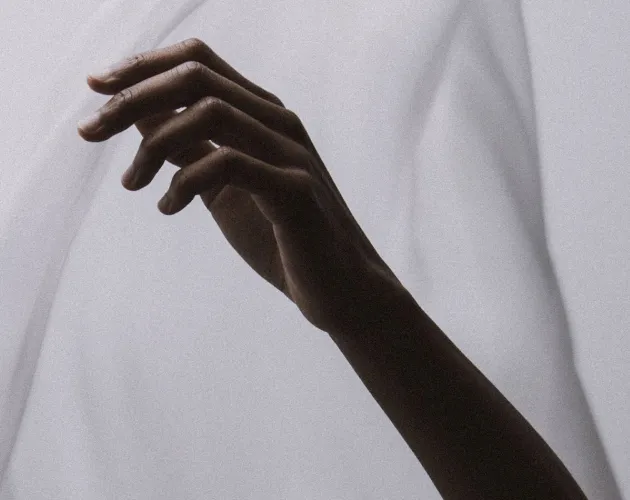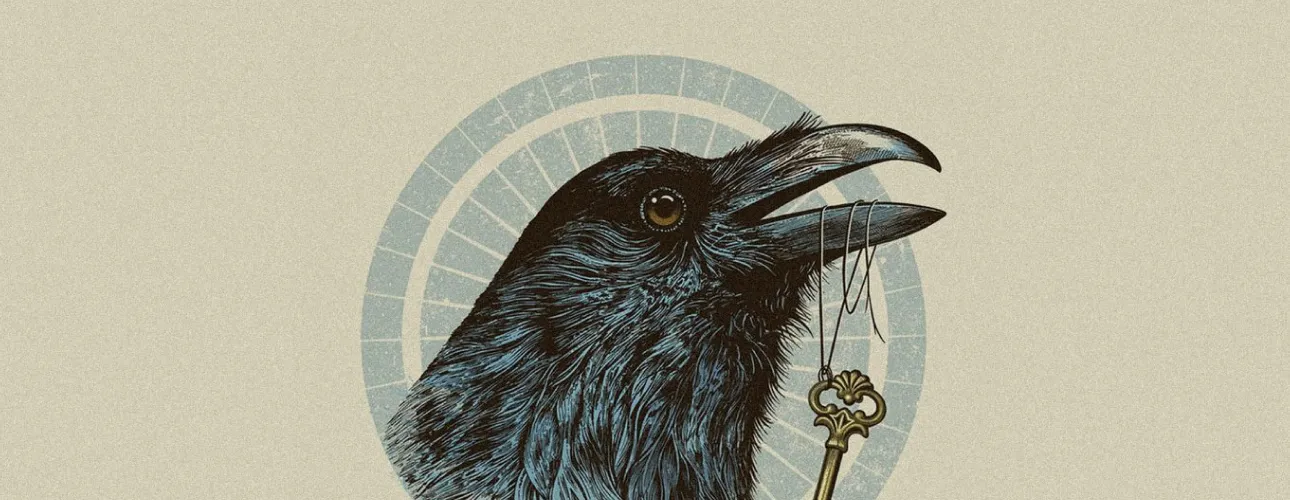Introduction to Graphic Design Portfolios
The Early Days of Graphic Design Portfolios
Transitioning to the Digital Age: A New Era for Portfolios
Key Features of Modern Graphic Design Portfolios
Tools and Platforms Revolutionizing Graphic Design Portfolios
Today, getting your work out there as a graphic designer doesn’t mean stuffing your best pieces into a bulky folder. The digital age has changed the game. Now, tools and platforms make it super easy and effective to showcase your designs. Think of websites like Behance and Dribbble. They’re like the Instagram for designers, where you can post your projects and get feedback from a global community. Then there’s Adobe Portfolio, which is perfect for those already using Adobe products. It syncs with your work, letting you build a sleek portfolio in no time.
But it’s not just about showing your work; it’s about making connections. LinkedIn is not to be ignored. It’s where you can share your portfolio while networking with industry professionals. Moreover, WordPress and other website builders offer the freedom to customize your online space just the way you want. You can add a personal touch, tell your story, and really stand out.
Remember, your online portfolio is your digital handshake. With these tools, you’re not just uploading work; you’re opening doors to opportunities. So, dive in, explore these platforms, and let them revolutionize how the world sees your designs.
The Impact of Social Media on Graphic Design Showcasing
Interactive Elements in Today’s Graphic Design Portfolios
The Importance of Having an Online Graphic Design Portfolio
In today’s digital world, having an online graphic design portfolio is not just a good idea—it’s essential. Why? Because your work needs to be where people are looking, and that’s online. Think about it. When someone wants to find a graphic designer, they’re not flipping through a phone book; they’re searching the internet. An online portfolio acts like your digital billboard, showcasing your skills, style, and creativity to potential clients or employers 24⁄7.
Here’s the kicker: an online portfolio breaks geographical barriers. It doesn’t matter if you’re in New York and your dream client is in Tokyo; your work is just a click away. Plus, updating your portfolio is easier and quicker online. Gone are the days of reprinting and mailing out your latest work. Now, you can upload new projects in real-time, keeping your portfolio fresh and engaging.
But here’s the best part: feedback. Online portfolios open up a channel for immediate feedback from peers, clients, and mentors. This can foster a community, help you grow as a designer, and increase your visibility in the design world. In short, if you’re serious about graphic design, an online portfolio is not optional—it’s mandatory.








